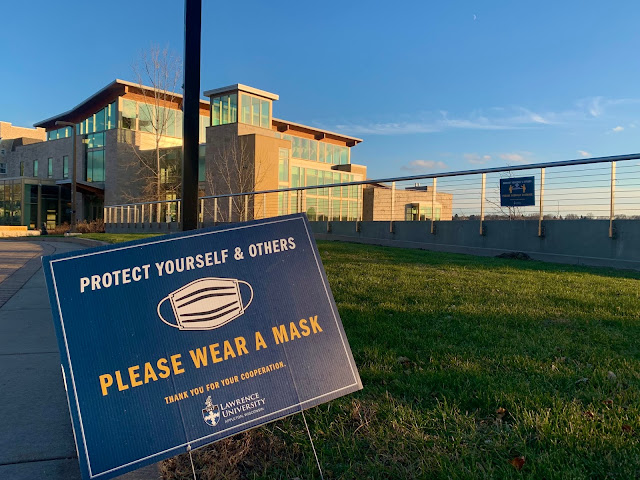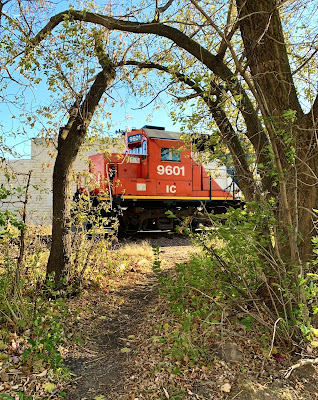Final Reflection

Although the asynchronous format of the class and my own procrastination were challenging this term, I enjoyed the opportunity to dive back into my artistic side and work to develop my own eye and sense of style. I mainly stuck to photography for the assignments, and began by photographing scenes the way I was used to seeing them. As you can see in one of my first photographs for the class, I focused on composing a landscape but didn't necessarily hone in on a particular design element. It took a while for me to start capturing design in a more specific sense, and often meant getting closer to my subject. Sometimes, finding a particular design element to capture or create was difficult, but provided a good limitation that expanded creativity and pushed me to think outside the box. The work sometimes felt like just an exercise, but throughout the course of this term I noticed a greater depth to my images and an expansion of my sense of composition and design. Sharing the imag...




